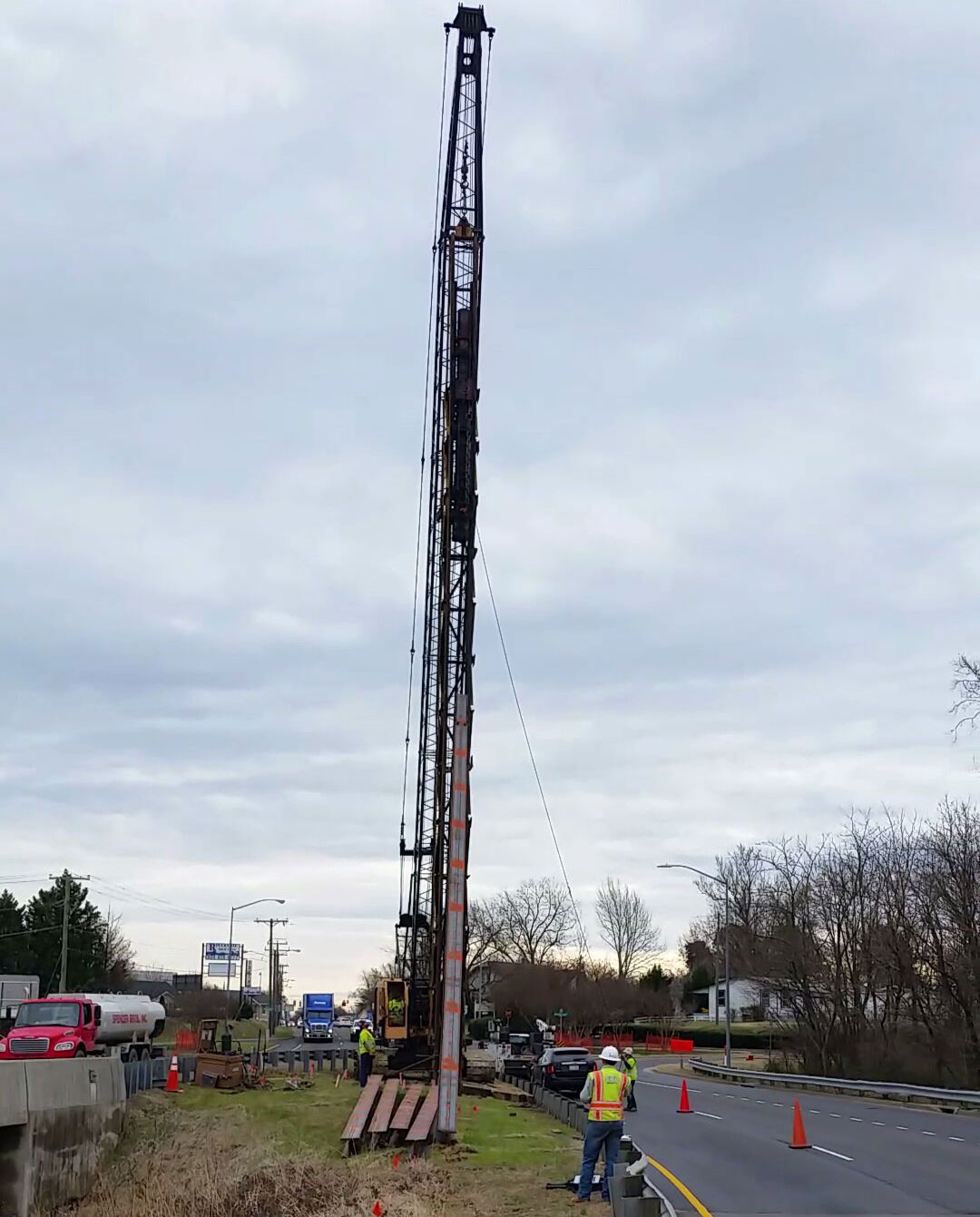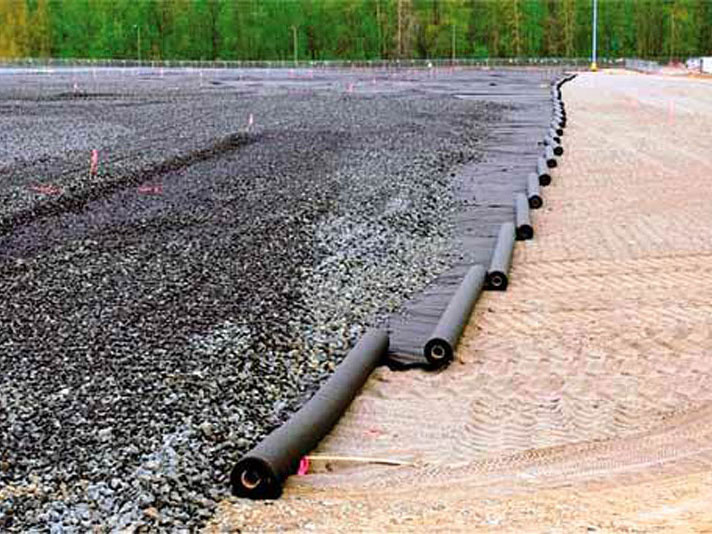
27 Feb 2018 Preliminary Geotechnical Analysis: A Forgotten Piece of Your Project’s Budget
Many times we receive calls from developers and contractors at the final stages of design requesting a geotechnical investigation of their site. The requests sometimes include phrases like, “I just need this for the building official” and “I have to mark off this last box on the checklist.” Unfortunately these can be the same clients who call a month later as site work begins and change orders have already started to flow in during the first week of construction. As we all know, earthwork, utilities, foundations, and pavements can be a very expensive line item in any project’s budget. Knowing the potential pitfalls and additional costs before a project is finalized can make or break a development.
KBJW’s geotechnical team focuses on the important design aspects of a project, and views each site as a partnership opportunity with our clients. Simple items like minor shifts in utility placement, delayed start of a job site by just a few weeks, or modification to foundation types can save our clients thousands of dollars in costly change orders. While some specialized projects such as high rise buildings, water towers, and industrial complexes require our team’s attention to very detailed foundation design elements, most preliminary investigations for standard commercial or residential developments focus on the following key items.
Foundation Design
In the Mid-Atlantic region, foundation types for lightly to moderately loaded structures typically fall into three categories: spread footings, monolithic slab foundations, or pile foundations. Each type of foundation support has specific attributes that make it a good structural choice as well as a good economic option. What looks good sitting in the drafting room may not be the ideal foundation type for your specific site and soil conditions. Components such as soil bearing capacity, expansive potential, groundwater elevations, and settlement potentials can all sway the decision for which foundation support option is best. Site conditions may dictate that code minimum embedment depths and footing sizing requirements may not be sufficient. This can lead to increased labor and material costs far outside of the original budget. Knowing the recommended foundation type and design parameters during completion of building plans is critical to the project’s overall success and budgeting.
Suitability of Onsite Soils for Fill
Very rarely do we encounter sites that do not require grading to achieve the desired building elevations and drainage requirements. Most often, this requires the movement of soils from one area of a site to a new potentially structural location of the project. Soils from BMP basins or other cut areas of the site are often moved to the building envelope to provide for the needed finished floor elevation. In these cases, it becomes critical to know early if the proposed “borrow” soils are going to be suitable for use in structural applications. The composition, expansive potential, and natural moisture content can all render the onsite soils unsuitable for re-use. In these cases, contractors are forced to look at soil conditioning methods, drying time, or complete haul-off and replacement. All developers are acutely aware of the costly nature of soil disposal and replacement. It is a change order that no one likes to see on their projects. Therefore, the identification of poor onsite soils early in the site design process is critical. If known, modifications to site elevations or BMP locations can be made to focus on better onsite soils. Or worst case, budget numbers can be adjusted to account for the now known need for undercut and replacement.
Pavement Design
The strength of soils is measured by a test called the California Bearing Ratio (CBR). This strength value becomes an important parameter in the overall design of roadway and parking lot pavement sections on a project. On any project with VDOT maintained turn lanes or roadways, there are specific requirements for the pavement design. On private sites where roadways or parking lots will not be state maintained, proper engineering protocols also exist for design of the pavement sections. Additional stone, aggregate treatment, or additional asphalt are common modifications that must be made when poor soils with low CBR values are encountered on a site. All of these modifications can be costly and are important to know during the design phase and not left to be a surprise at the close out of site work. Pavement technologies have come a long way in recent years and cost cutting measures such as geotextile fabrics and grids exist to reduce the need for additional aggregate and asphalt materials. These items can be incorporated into preliminary designs and budgeting, but only if the geotechnical report is conducted with the overall design.
As you can see, there are many items in the overall design of your next project that are affected by site conditions. The information provided in your preliminary geotechnical analysis can be used to save you money, time, and construct a product better suited to your unique project site. When you begin planning for your next development project, make sure that the geotechnical analysis is incorporated into your design and is not an afterthought to mark off a box on the planning checklist. Your bottom line will appreciate it.
To learn more about preliminary geotechnical analysis, click here to send us an email, or give us a call at 804.541.1436. We look forward to talking with you.



